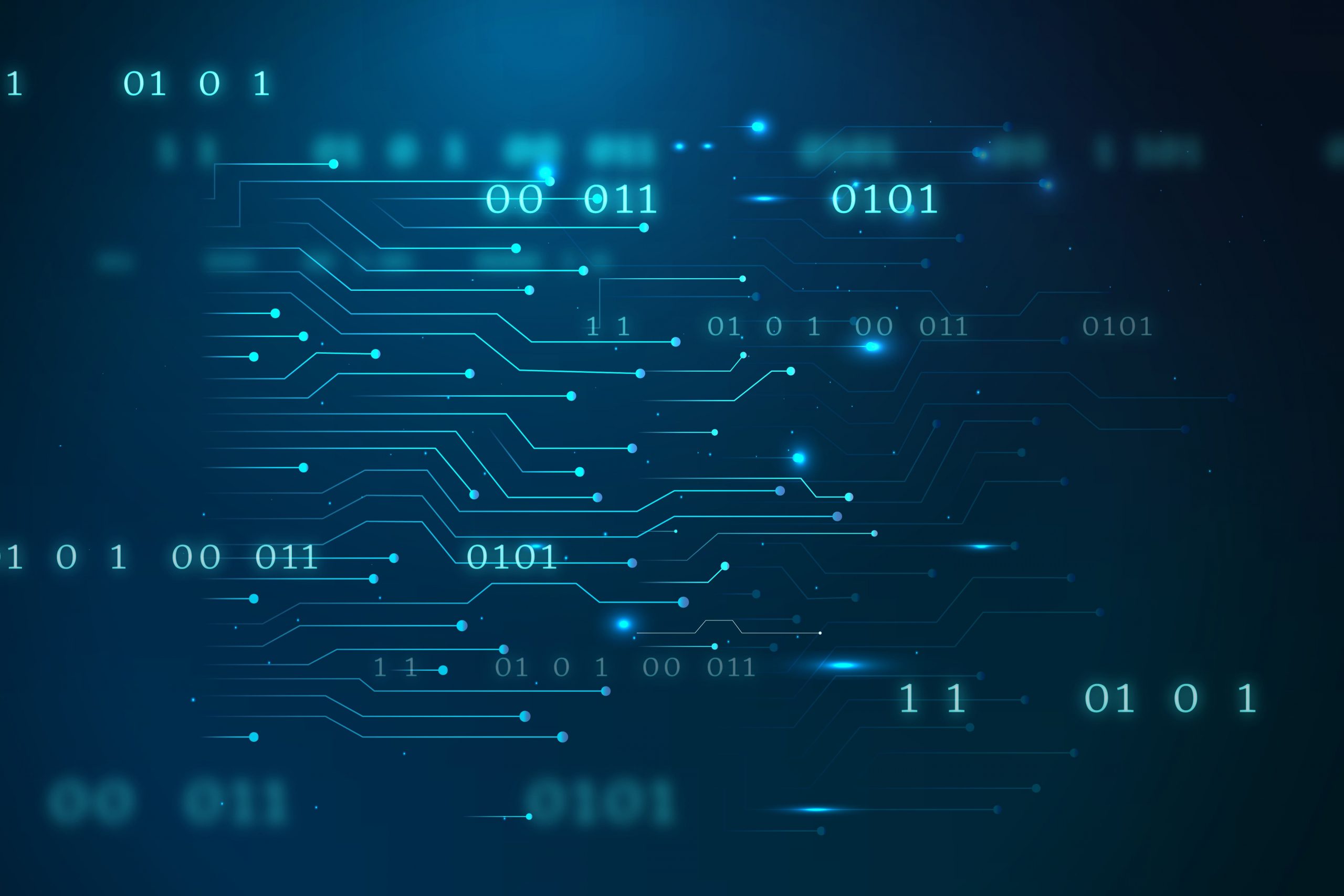
A Complete Data Scientist Roadmap for Beginners
Mar 22, 2024 5 Min Read 1245 Views
(Last Updated)
Do you want to pursue a career in Data Science? If so then you must’ve been confused by the abundance of information that is out on the internet. Choosing to become a Data Scientist is easy but what’s tough is to create a way to do it.
But worry not, you’ve come to the right place. This comprehensive guide will provide you with a Data Science roadmap to become successful in the field. Whether you’re a beginner or an individual looking to level up your skills, this data science pathway will provide you with the necessary steps to achieve your goals.
Table of contents
- Top Technologies to Become a Data Scientist in India
- What Does a Data Scientist Do?
- Data Scientist Roadmap
- Programming Language
- Maths and Statistics
- Machine Learning and Natural Language Processing
- Data Collection and Cleaning
- Key Tools for Data Science
- Git and GitHub
- Conclusion
- FAQ
Top Technologies to Become a Data Scientist in India
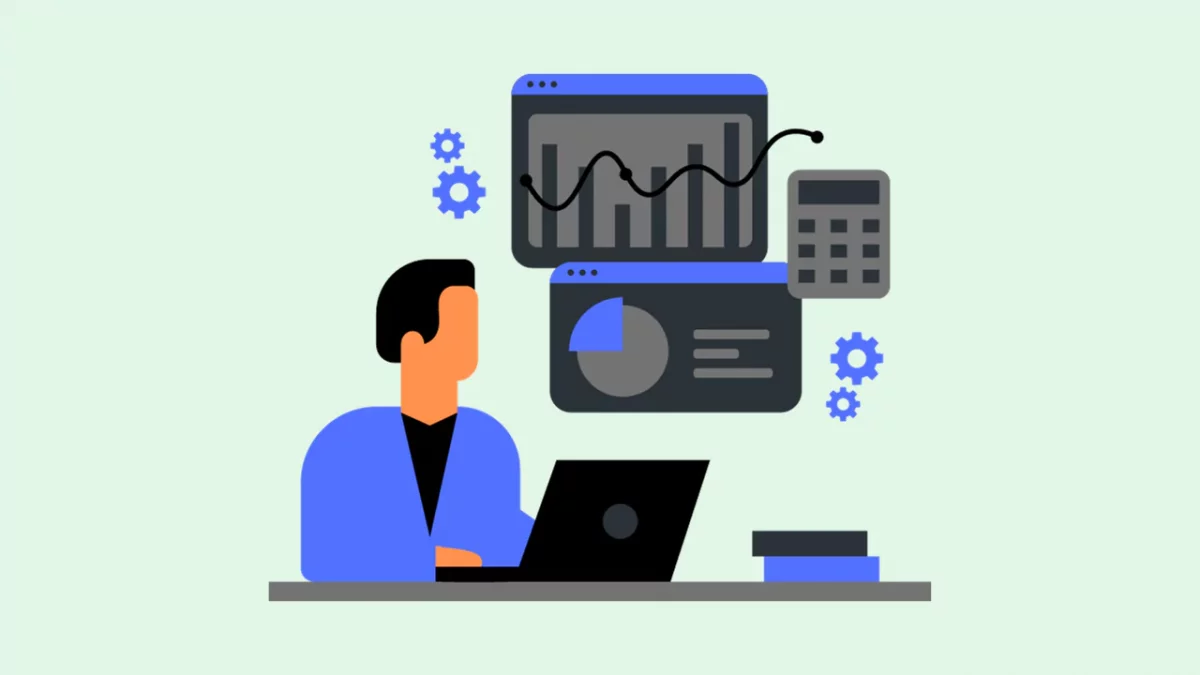
A data scientist is a professional who utilizes data analysis, machine learning, statistical modeling, and various other techniques to extract meaningful insights and knowledge from large and complex datasets.
Data science is an interdisciplinary field that combines knowledge from various domains, including statistics, mathematics, computer science, and domain expertise.
Becoming a Data Scientist in India requires proficiency in a variety of technologies and tools that are commonly used in the industry. Here are some of the top technologies you should consider mastering to excel in this field:
- Machine Learning: Familiarity with various machine learning algorithms, techniques, and frameworks to build predictive models and perform data-driven tasks.
- Data Manipulation and Visualization: Knowledge of data manipulation libraries (e.g., Pandas) and visualization tools (e.g., Matplotlib, Seaborn) to handle and present data effectively.
- Database and SQL: Understanding of database systems and the ability to work with SQL to extract and manipulate data.
- Big Data Technologies: Familiarity with big data tools and frameworks like Apache Spark can be beneficial for handling large-scale data processing.
Before we move into the next section, ensure you have a good grip on data science essentials like Python, MongoDB, Pandas, Numpy, Tableau & PowerBi Data Methods. If you are looking for a detailed course on Data Science, you can join GUVI’s Data Science Career Program with placement assistance. You’ll also learn about the trending tools and technologies and work on some real-time projects.
Additionally, if you want to explore Python through a self-paced course, try GUVI’s Python self-paced course.
What Does a Data Scientist Do?
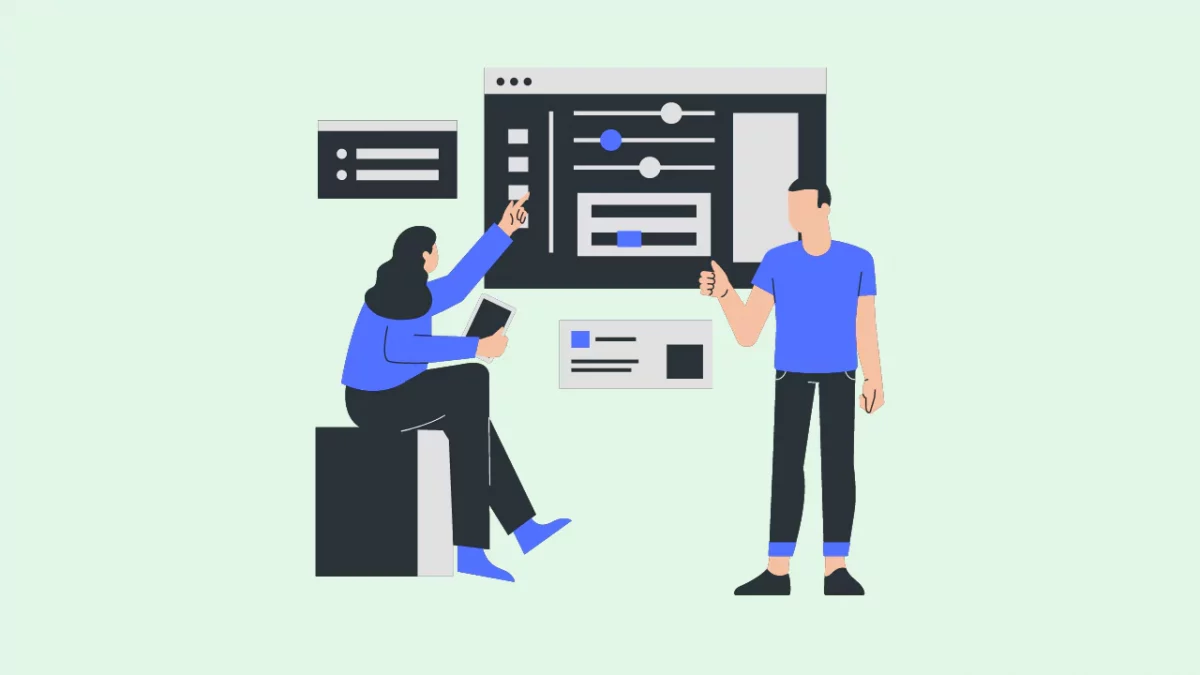
A data scientist is a skilled professional who leverages their expertise in statistics, mathematics, computer science, and domain knowledge to extract meaningful insights from large and complex datasets.
Their responsibilities involve various stages of the data lifecycle, including data collection, cleaning, and preparation. They develop and apply advanced analytical models, machine learning algorithms, and statistical techniques to identify patterns, trends, and correlations in the data.
Additionally, data scientists play a vital role in designing and deploying data-driven applications and predictive models to address real-world problems across industries, contributing significantly to data-driven decision-making processes and business growth.
Data Scientist Roadmap

As the name suggests, a roadmap is a way in which you can reach your destination. In this case, your destination is to become a Data Scientist and we have created a roadmap that you can follow to achieve it.
Programming Language
Python and R are the primary languages used in data science due to their rich libraries, ease of use, and extensive community support. Python is known for its readability and versatility, while R is popular for its statistical capabilities.
Both languages have robust data manipulation and visualization libraries (NumPy, Pandas, Matplotlib for Python, and dplyr, ggplot2 for R) that allow data scientists to handle large datasets and create insightful visualizations.
It is important to read this thoroughly through certified online courses in Python or R programming in order to start with Data Science as this plays a primary role in the work structure of Data Science.
Maths and Statistics
Mathematics and statistics are foundational pillars of data science. In data science, mathematics is crucial for understanding algorithms, optimization techniques, and linear algebra operations essential for working with large datasets.
Statistics plays a central role in data analysis, hypothesis testing, and model evaluation. Concepts like probability distributions, regression, and hypothesis testing enable data scientists to draw meaningful insights and make informed decisions from data.
A strong grasp of both mathematics and statistics empowers data scientists to develop accurate models, handle uncertainties, and uncover valuable patterns and trends in data.
Machine Learning and Natural Language Processing
Machine Learning and Natural Language Processing (NLP) are integral components of data science. Machine learning enables data scientists to build predictive models that learn from data and make informed decisions without explicit programming.
Supervised and unsupervised learning algorithms are employed for tasks like classification, regression, and clustering. NLP, on the other hand, focuses on understanding and processing human language, enabling applications like sentiment analysis, language translation, and chatbots.
NLP techniques, such as tokenization, part-of-speech tagging, and sentiment analysis, allow data scientists to extract meaningful information from text data, opening up opportunities for analyzing unstructured data sources like social media, customer reviews, and more.
Combining machine learning and NLP expands data science’s capabilities, addressing complex challenges and enabling data-driven insights from a diverse range of data sources.
Data Collection and Cleaning
Data collection and cleaning are critical stages in the data science process. Data collection involves gathering relevant data from various sources, such as databases, APIs, web scraping, or sensor networks.
It is essential to ensure data quality, reliability, and completeness during this phase. Once collected, the data often requires cleaning to address issues like missing values, duplicates, inconsistencies, and outliers, which can adversely affect analysis and modeling.
Data cleaning techniques involve imputing missing values, resolving inconsistencies, and handling outliers to create a clean, reliable dataset.
Proper data collection and cleaning lay the foundation for accurate analysis and modeling, ensuring that the insights drawn from the data are valid and trustworthy.
Key Tools for Data Science

Data science relies on a variety of tools that facilitate data manipulation, analysis, visualization, and modeling. Here are some key tools commonly used in data science:
- Jupyter Notebooks: Interactive web-based environments that allow data scientists to create and share documents containing code, visualizations, and explanatory text. They are widely used for data exploration and prototyping.
- SQL (Structured Query Language): A language for managing and querying relational databases. SQL is essential for data retrieval and data manipulation tasks.
- Apache Hadoop: An open-source framework for distributed storage and processing of large datasets. It is used for handling big data.
- Apache Spark: Another open-source distributed computing system that provides fast and scalable data processing, machine learning, and graph processing capabilities.
- Tableau: A data visualization tool that enables users to create interactive and visually appealing dashboards and reports.
- Scikit-learn: A machine learning library for Python, providing various algorithms for classification, regression, clustering, and more.
- Excel: Widely used for basic data analysis and visualization due to its accessibility and familiarity.
- Git: Version control system used for tracking changes in code and collaborating with others in data science projects.
- Amazon Web Services (AWS), Microsoft Azure, Google Cloud Platform (GCP): Cloud computing platforms that offer various services for data storage, processing, and machine learning.
- NLTK (Natural Language Toolkit): A Python library for natural language processing tasks.
Git and GitHub
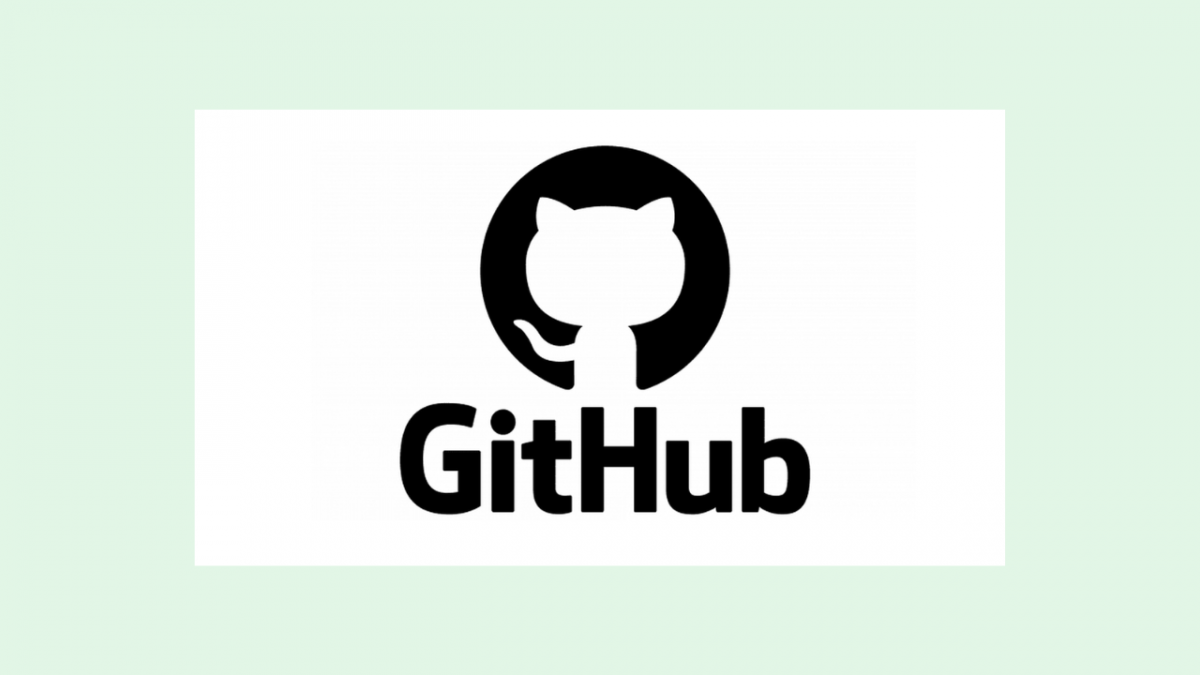
Git and GitHub are integral tools in data science that provide version control and collaboration capabilities, facilitating efficient and organized project development.
Git:
Git is a distributed version control system that allows data scientists to track changes in their code and project files over time. It enables data scientists to create a repository, a centralized storage space for their projects.
As data scientists work on the project, Git records each modification, creating a detailed history of changes. This version control functionality offers several benefits in data science.
Firstly, it allows data scientists to review and revert to previous versions of their code, providing a safety net against potential errors. Secondly, Git enables seamless collaboration among multiple team members. Each team member can create their branch to work on specific features or experiments independently, and later merge these changes back into the main codebase.
This branching and merging capability avoids conflicts and ensures a coherent codebase. Overall, Git enhances productivity, accountability, and organization in data science projects.
GitHub:
GitHub is a web-based hosting service that utilizes Git for managing repositories. It serves as a social platform for data scientists and developers, allowing them to share their work, collaborate, and contribute to open-source projects.
In data science, GitHub provides several advantages. Data scientists can create both public and private repositories, depending on whether they want to showcase their projects to the public or keep them private for proprietary work.
Public repositories offer an excellent opportunity for data scientists to showcase their data science projects, build their portfolios, and establish their expertise within the data science community.
Collaboration becomes more accessible through GitHub, as team members can contribute to projects remotely, propose changes, and discuss ideas through issues and pull requests.
By leveraging Git and GitHub, data scientists can build a strong professional presence, engage in the data science community, and efficiently collaborate on data-driven projects.
Kickstart your Data Science journey by enrolling in GUVI’s Data Science Career Program where you will master technologies like MongoDB, Tableau, PowerBi, Pandas, etc., and build interesting real-life projects.
Alternatively, if you would like to explore Python through a Self-paced course, try GUVI’s Python Self-Paced certification course.
Conclusion
In conclusion, the data scientist roadmap provides a comprehensive and structured guide for individuals aspiring to excel in the dynamic and rewarding field of data science. By following this roadmap, you as an aspiring data scientist can develop a strong foundation in mathematics, programming, and statistics while gaining expertise in essential data science tools, techniques, and methodologies.
Embracing this roadmap with dedication and curiosity opens doors to exciting career opportunities and helps data scientists thrive in the data-driven future.
FAQ
What is data science?
Data science is an interdisciplinary field that involves extracting knowledge and insights from data using various techniques, including statistics, machine learning, and data analysis.
What are some real-world applications of data science?
Data science finds applications in various industries, including finance (risk assessment, fraud detection), healthcare (diagnosis, drug discovery), marketing (customer segmentation, recommendation systems), and more.
Is it necessary to follow the data science roadmap exactly as provided?
No, the roadmap is a general guide, and individuals can tailor it based on their interests, background, and career goals. Flexibility is essential to accommodate personal preferences and learning pace.
How long does it take to become a data scientist following the roadmap?
The timeline varies depending on the individual’s background, commitment, and prior knowledge. Becoming proficient in data science may take several months to a few years.
What is the role of data science in business?
Data science helps businesses make data-driven decisions, identify patterns and trends, optimize processes, and develop predictive models to improve performance and profitability.



















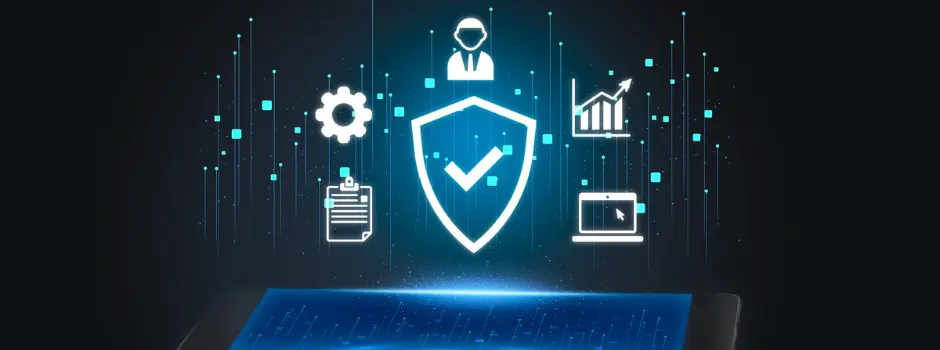



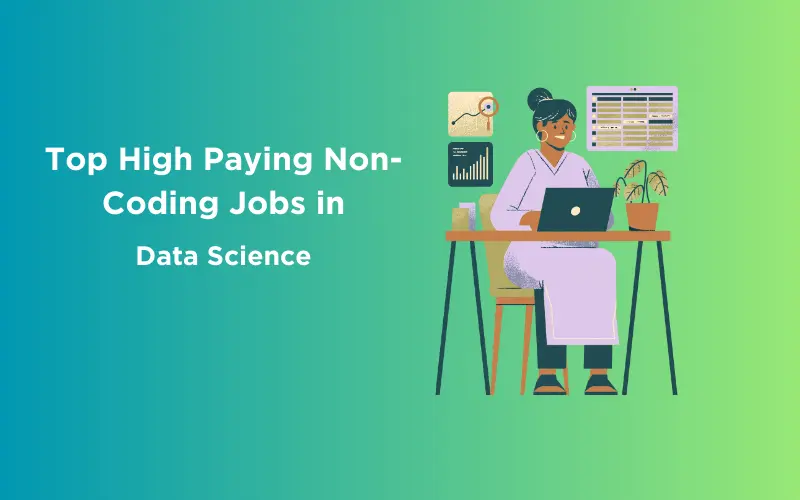

Did you enjoy this article?